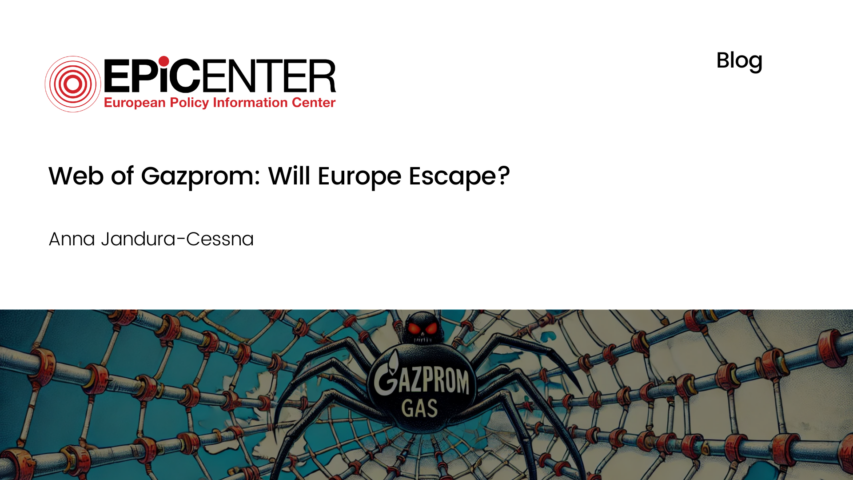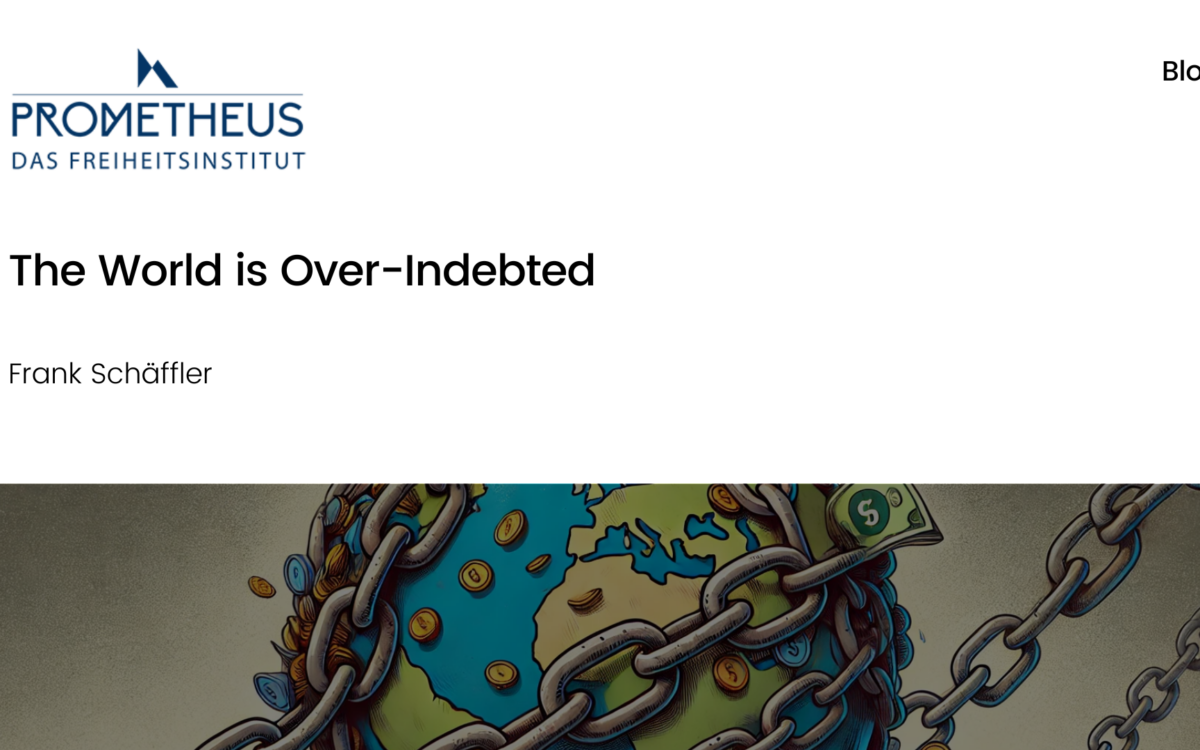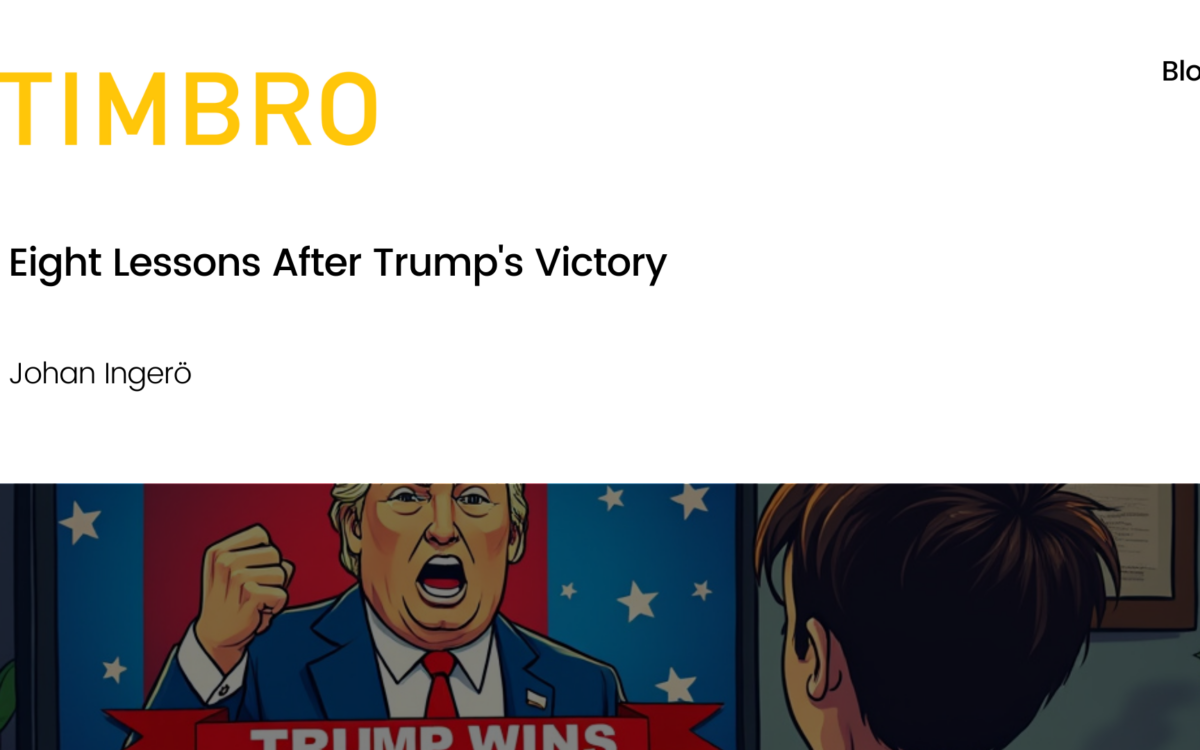Web of Gazprom: Will Europe Escape?

Web of Gazprom: Will Europe Escape?
Anna Jandura-Cessna // 31 January 2018
Disputes between Russian Gas powerhouse Gazprom and Ukraine’s national gas company Naftogaz have sparked a firestorm of political and economic debate. The “biggest commercial arbitration in history” is a back-and-forth battle of legal actions regarding contracts from 2009-2019. These legal actions spanned a wide variety of contests, including under-delivery of gas and contractual misunderstandings. Gazprom transacts with the Ukrainian company in two ways: they ship gas via a Ukrainian transit pipeline to the rest of Europe and provide Ukraine with their own gas supply. After four years of lawsuits, a Stockholm court ultimately decided in 2018 to aggregately rule in favor of the Ukrainian gas company. Gazprom must pay Naftogaz 2.65 billion USD in arbitration awards.
The day after this ruling was announced, Gazprom responded, in a somewhat retaliatory move, by immediately cancelling their gas supply to Ukraine. This caused an energy semi-crisis in Ukraine during one of their coldest months of the year (“Ukraine Closes Schools”). Naftogaz has yet to receive the 2.65 billion in payment and is pursuing the seizure of this award through courts in the Netherlands, Switzerland, and the USA.
Unfortunately, this is not the end of Ukraine’s troubles. Gazprom’s transit contract with Ukraine is set to expire very soon – by the end of this year. It is vital to Ukraine’s economy that the contract is renewed. Ukraine earns roughly 3 billion per year in transit fees from Gazprom and has worked in the transit business since 1948. This year, Gazprom will finish construction of one of their newest pipelines, Nord Stream Two. Nord Stream Two’s route will bypass Central Europe pipelines, and thus allow Gazprom to avoid Ukraine’s pipeline and transit fees. Considering the political discord between Ukraine and Russia with the annexation of Crimea, sour arbitration reactions, and the upcoming Nord Stream Two operation, the outlook for a renewed long-term contract is grim.
It is essential for the health of Ukraine’s economy that a new contract is formed. Nord Stream Two will diminish the need for Ukrainian transit, but it will not immediately replace it. Gazprom’s CEO is confident that Nord Stream Two will be up-and-running by the end of 2020, but Nord Stream Two cannot realistically operate at full capacity until at least 2021. If the Ukrainian contract is not renewed, Europe could be deficient of roughly 8% of gas next year.
Trilateral talks between Ukraine, Russia, and the EU took place in Brussels just a few days ago on January 22nd in attempt to negotiate Ukrainian gas transit post 2019. There were mixed reactions, with Naftogaz’s CEO seeming doubtful about the progress of these talks, while EU Commission VP Maros Sefcovic said he was satisfied with the outcome. Nevertheless, Naftogaz has promised to offer very competitive transit fees in 2020, so it’s likely that a short-term contract will happen. Gazprom will likely split their gas transits to Europe between the Ukrainian pipeline and Nord Stream Two in 2020, and then predominately use only their own pipelines (like Nord Stream Two) from 2021 onwards. Even with Naftogaz’s affordable fees, Nord Stream 2 is still cheaper, so it is difficult to predict exactly how much Gazprom will use Ukraine’s pipeline after 2021.
Diversifying the Supply
Many countries, both within the European Union and elsewhere, are concerned with Europe’s dependence on Russian gas, especially after the completion of Nord Stream 2. The European Commission even openly stated these concerns in 2015:
“When the conditions are right, the EU will consider reframing the energy relationship with Russia based on a level playing field in terms of market opening, fair competition, environmental protection and safety, for the mutual benefit of both sides.”
At what point will the European Union decide that “the conditions are right”? There is no disputing that Europe is dependent on Russian gas, as Russia is the source of 40% of Europe’s supply. This of course puts the EU at risk of supply shocks, so diversification seems reasonable.
Poland and Lithuania have made significant steps in moving away from Russian gas dependence; they have both built liquified natural gas (LNG) terminals and hope to buy shipments from the United States. Their motivations behind this diversification seem largely political rather than fiscal: “We’re not diversifying our supplies in order to continue with Russia… It’s a question of security,” Polish Energy official Piotr Naimski explained.
From 2006 to 2016, the European Union decreased its primary domestic energy production by 16%. Furthermore, according to Gazprom, Europe’s gas demand is projected to remain steady until 2030. Gazprom specifically used these two statistics as rationale for the construction of Nord Stream Two. However, the EU is filling this domestic production gap in other ways – in this period the EU also increased its production of energy via renewable resources by 66.6%. Thus, in reality, Russia is expanding their gas exports to the EU via Nord Stream Two to fulfill two motivations: first, to reduce the price of their business model and, second, to undercut Ukraine’s upper hand in their transit business.
In order to avoid drastic supply shocks, Europe should consider further diversifying its supply, as Poland and Lithuania have already done. Diversification via US LNG is an expensive route to take, as Russia has historically kept its prices low. In fact, they have kept their prices so low that in the summer of 2018, US LNG prices were roughly 71% higher. With these costs, it is easy to see why the European Union does not currently believe that the “conditions are right” to reframe the Russia-EU energy relationship.
The opinions in this article belong to to author only and are not necessarily representative of EPICENTER or its member think tanks.
EPICENTER publications and contributions from our member think tanks are designed to promote the discussion of economic issues and the role of markets in solving economic and social problems. As with all EPICENTER publications, the views expressed here are those of the author and not EPICENTER or its member think tanks (which have no corporate view).



